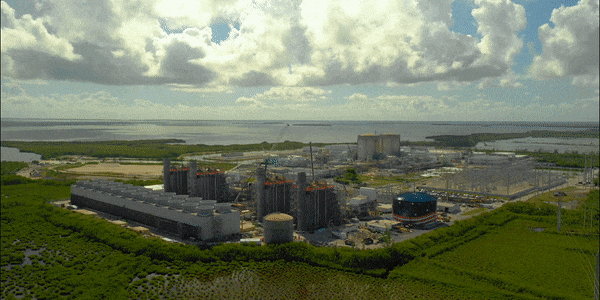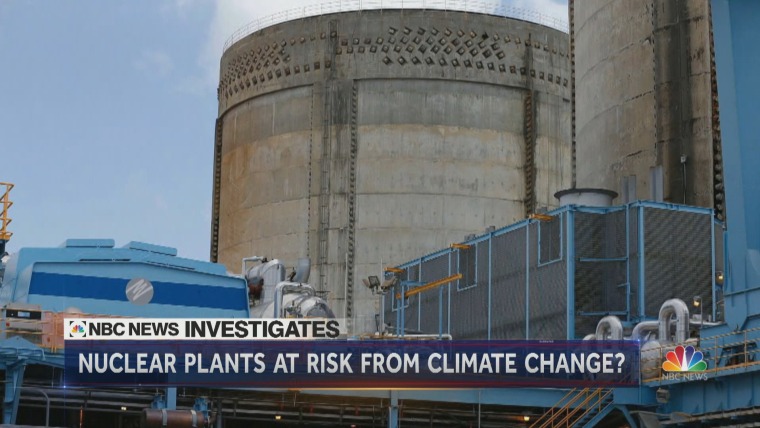“Sea level rise, even under the most pessimistic scenarios, occurs slowly enough that U.S. nuclear power plants will have ample time to address the issue, remain in compliance with licenses, and continue to protect public health and safety,” it added.
Florida Power & Light provided a statement that reads in part: “All our nuclear plants are designed to withstand earthquakes, hurricanes and other natural events stronger than ever recorded in their respective regions.”
But that was not the case for the company’s St. Lucie nuclear plant, just up the coast from Turkey Point. After heavy rainfall in 2014, a reactor auxiliary building flooded with 50,000 gallons of water — gushing in through electrical conduits. Workers were able to safely operate the reactors through the incident, but the plant was in violation of federal safety regulations that require adequate flood barriers, according to documents filed with the NRC.
Turkey Point withstood Hurricane Andrew when it barreled through the region 30 years ago as a Category 5 storm, causing damage to nearby support buildings with no impact on the nuclear reactors.
Seven coastal nuclear facilities are particularly vulnerable to aggressive sea level rise, according to a 2020 study by Johns Hopkins University. The study recommends that three plants in the U.S., including Turkey Point, be considered high risk because they could be “near or completely surrounded by water” and they store spent nuclear fuel, an extremely hazardous material.
Environmentalists have long been concerned about the nation’s stockpile of spent fuel, which can be radioactive for thousands of years and cause a catastrophic event if not properly handled.
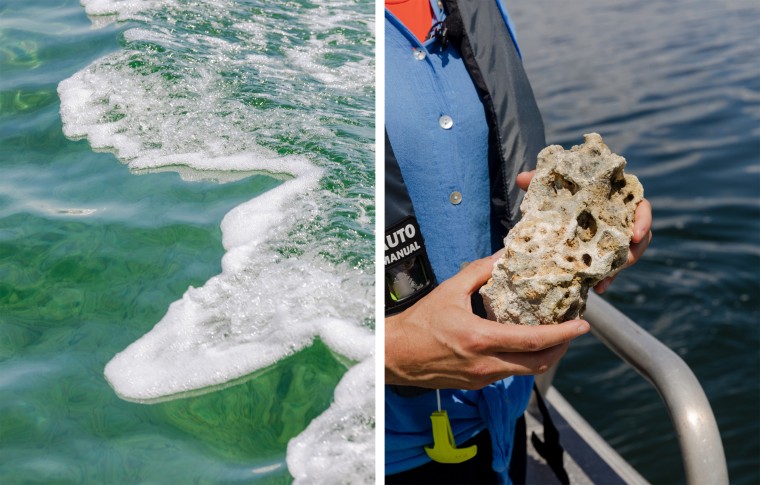
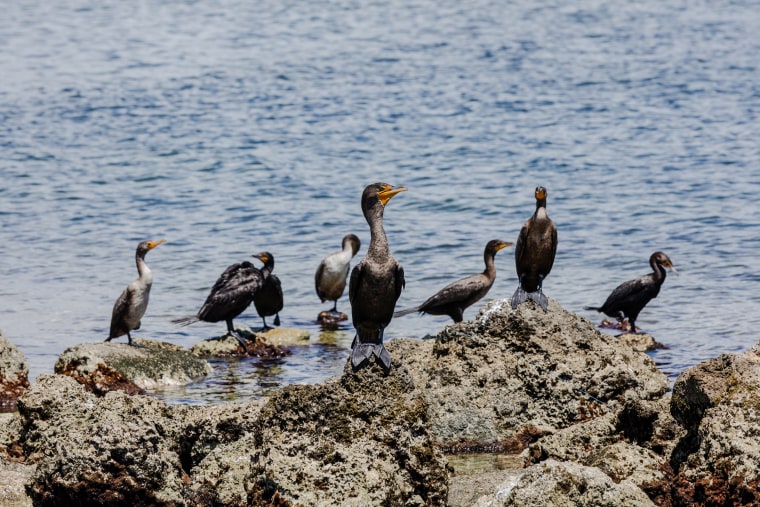
According to the NRC, about 1,500 metric tons of Turkey Point’s waste is stored adjacent to Biscayne Bay.
Nuclear plants have up to 60 years after they shut down to dispose of their nuclear waste.
Since Turkey Point is licensed through 2033, it has until 2093. By then, the area could see up to 9 feet of flooding at least once a year, according to NOAA’s upper projections, a scenario for which Silverstein and her colleagues want Turkey Point to be prepared.
Florida Power & Light told NBC News in an email that it’s already on it.
“FPL and the NRC regularly evaluate nuclear power plant operating conditions and physical infrastructure to ensure ongoing safe operations,” the company said.
As for the overall security of the plant, Florida Power and Light said its nuclear facilities, including Turkey Point, are “some of the most heavily protected infrastructure facilities in the nation.”
And yet, during a visit this summer, an NBC News team was able to come within a few thousand feet of the reactors on a boat in public waters inside Biscayne National Park.
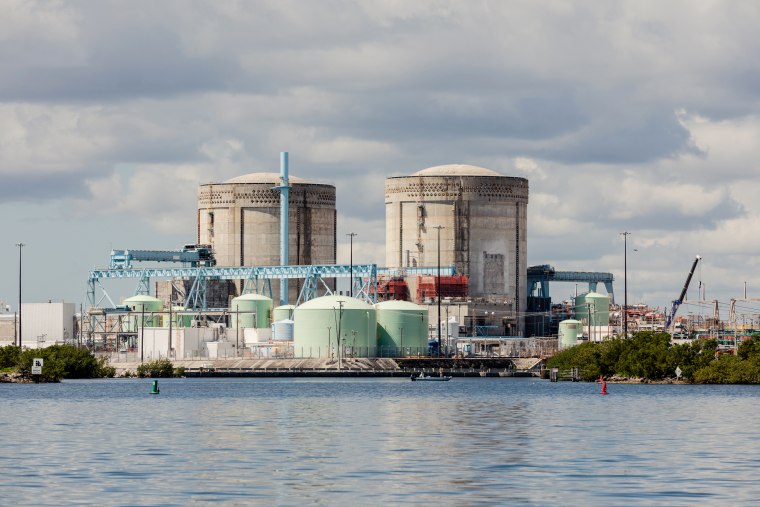
The problem of spent fuel is nationwide: about 90,000 metric tons of nuclear waste are currently being stored at power plants in 33 states, according to the U.S. Department of Energy.
That’s because the Department of Energy has for four decades failed to provide a long-term disposal plan for commercial nuclear waste.
“I was very outspoken when I was chairman of the Nuclear Regulatory Commission, and the one area in which I do have regrets is that I never vocally said the very common sense point, which is, why are we continuing to make nuclear waste when we don’t know where we’re going to put it?” Jaczko, the former NRC chair, said. “I think it’s an inconsistency in the Biden administration.”
Energy Secretary Jennifer Granholm told NBC News that the agency was “finally” going to find a community willing to host a repository for this long-standing problem.
“We’re going to do it,” she said.
Until then, her office has $6 billion to dole out to the industry to save struggling plants — subsidies she acknowledged were a “bailout” intended to maintain the current electrical output of financially troubled nuclear plants (Turkey Point is not eligible for the credit as the plant is profitable).
Granholm said she doesn’t believe the U.S. can meet Biden’s goals of eliminating carbon-pollution from the energy sector by 2035 without nuclear energy.
“We need nuclear power to be part of what I call the silver buckshot, not a silver bullet, of getting to that clean energy future,” she added.
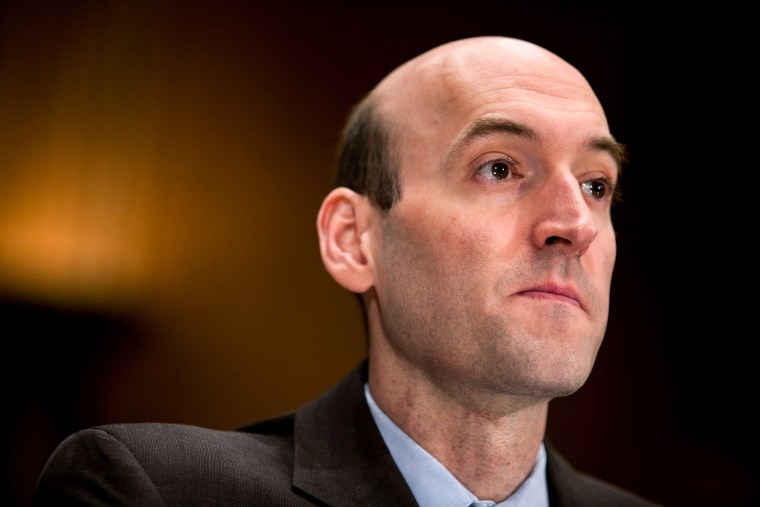
Jaczko concedes that shutting down America’s nuclear power plants can’t happen tomorrow because of their importance to the grid, but says that the Biden administration should leave them behind and invest in renewables, such as wind and solar, which he said are cheaper and safer.
“We simply don’t have the resources to continue to prop up the industry indefinitely,” he said.
Meanwhile, Florida Power & Light said that it will continue to seek an extension to operate 50-year-old Turkey Point until the 2050s, “based on our extensive analysis and determination that the plant is safe to operate.”
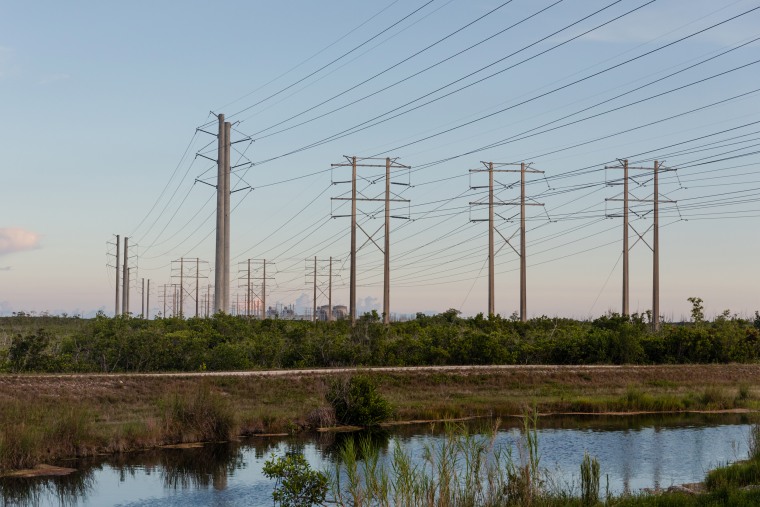
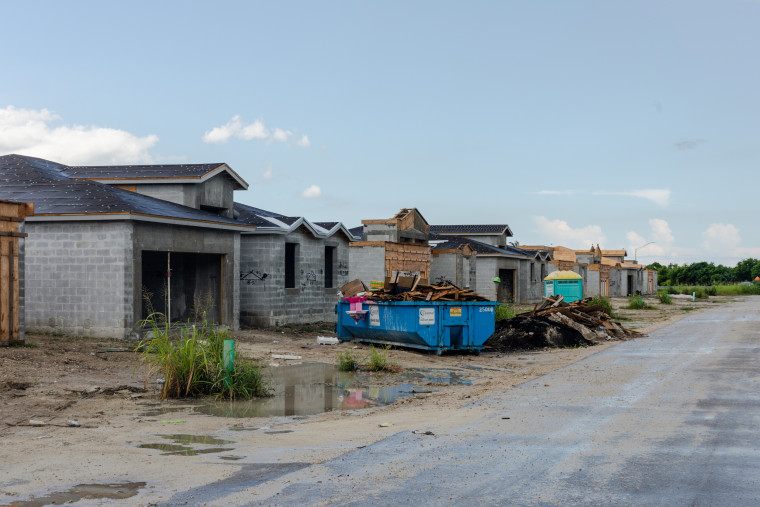
Nowhere in the world has a reactor operated for more than 53 years — a point that worries Stoddard, the former South Miami mayor who lives in the shadow of Turkey Point.
Engineers who built the facility and others were aware of the potential for the steel that surrounds the nuclear core to degrade over time, known as embrittlement, so they included special metal tabs that could be extracted and tested as the reactor aged. Turkey Point has one tab left but hasn’t tested one for 20 years.
The Nuclear Regulatory Commission and a senior Energy Department official said that mathematical modeling is sufficient in predicting steel safety. Granholm said reactors can operate for up to 90 years when properly maintained, but Stoddard remains concerned.
“I saw Three Mile Island happen,” Stoddard said, referring to the notorious nuclear accident in Pennsylvania in 1979. “You can’t tell me these things don’t happen.”
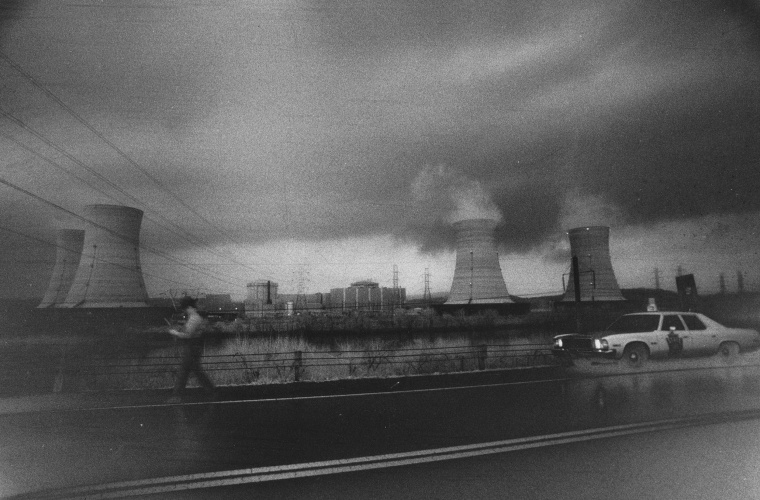
Source: | This article originally belongs to Nbcnews.com


